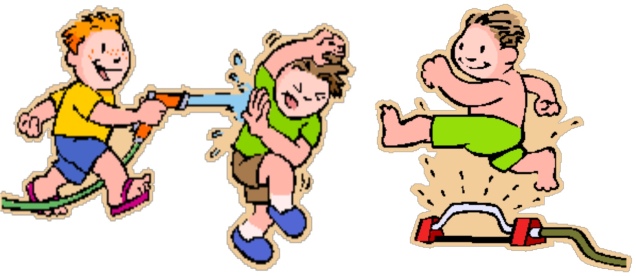
Some fun indoor activities may be the order of the day if the half term weather proves not to be so hot.
This is a very simple idea which children love because they can take greater ownership of it. The aim of the activity is to help build up hand and finger strength through using the pegs; however it can have a dual purpose, helping to keep track of the week by using it as a timetable or for learning spellings or maths activities, as well as supporting the development of language skills.
You do not need anything fancy, just some string (for the washing line), clothes pegs and pieces of paper or card to peg onto the washing line. The washing line can be a permanent fixture or you can just pop it up when you need to use it.
The clothes line needs to be at a height suitable for your child to peg things on to (placed against a wall is a safe option so that no-one can walk into it by accident and hurt themselves).
There are a whole range of games that can be played using this simple washing line and pegs concept:
- Memory games – Get your child to peg up 5 to 10 different pictures or items on the line. Then give them 1 minute to remember the items. Once the time is up ask them to look away, or close their eyes, and then you remove one or more of the items. Get them to look back at the line. Can they work out what is missing?
- You could try just moving one or two of the items around. Can they figure out which ones are in the wrong place and put them back in their correct place?
- Try swapping an item for something new, which your child did not hang up on the line. Can they work out which is the new item on the line?
- Odd One Out – Hang pictures on the line that belong together. Can they pick out the odd item on the line and explain why it is the odd one out.
- They could all be pictures of fruit with a picture of some clothing
- They could be shapes with straight sides and one with curves
- They could all be animals but all are wild with only one being domestic
- Sorting – Ask your child to sort all the pictures or items from a selection and to hang all the identical things on the washing line. They could all be the same;
- Colour
- Shape
- Type
- Pattern Work – Using pictures, different colour and shaped paper or items create different patterns. The patterns can be based on colour, size or type of object. You can create a pattern sequence on the washing line and then ask your child to try and copy the sequence. Can they explain the pattern and create their own for you to copy and explain?
- Pairing or What is the Same? – Hang a range of pictures or items on the line, making sure that some of the items can be paired together because they are exactly the same. They could match because;
- They are exactly the same e.g. a pair of socks
- Match numbers to a picture with the same number of items on
- Match capital to lower-case letters
- Or have items that can be put together because they are both from the same set, for example they are types of fruit or are the same colour.




